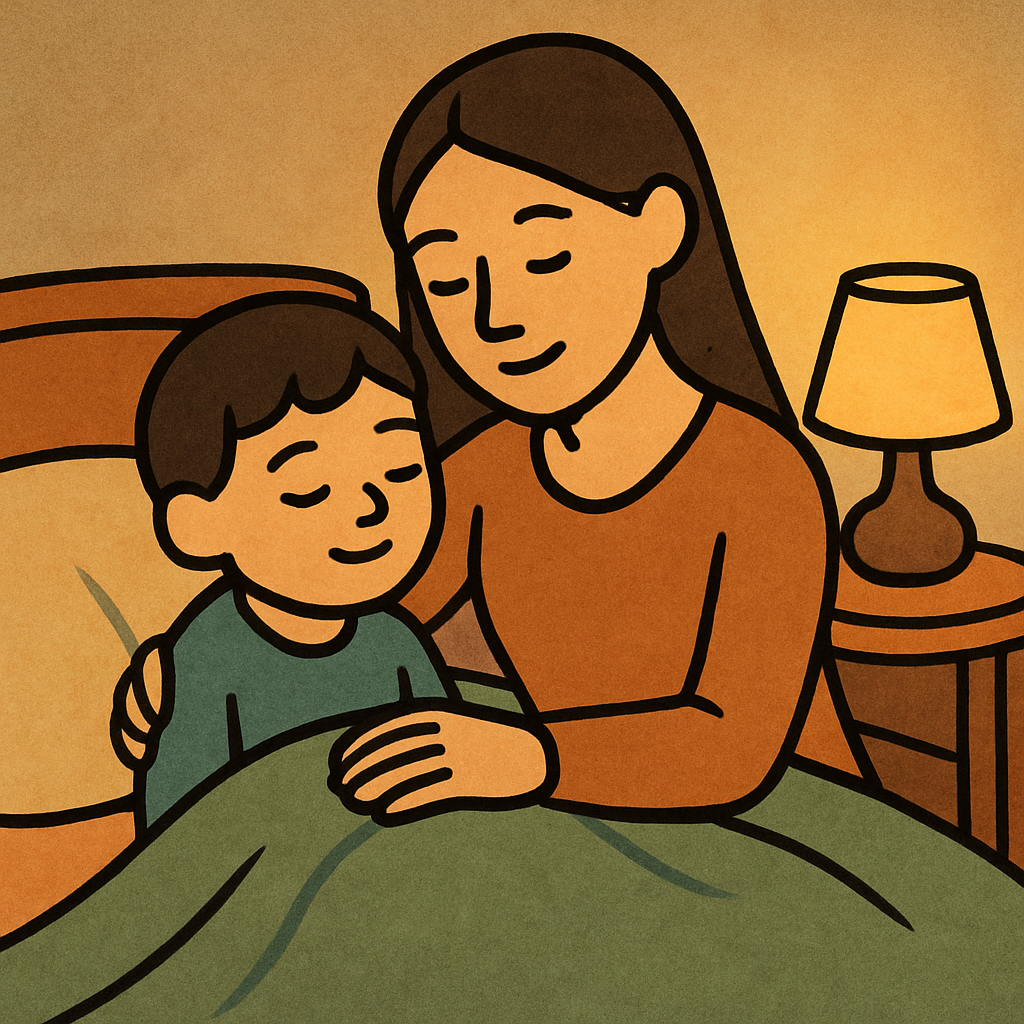Lullaby stories: What Research Tells Us About Them

lullaby stories
I’m Dr. Elena Vance, and I’ve spent years listening to families talk about bedtime. When I started looking into lullaby stories, what surprised me most was how consistently small, soothing narratives can support little ones’ sleep, language development, and emotional regulation. In this post, we’ll dig into what the research actually shows, translate it into practical steps, and share real-world tweaks we can try tonight. If you’ve ever wondered whether a sung lullaby or a read-aloud lullaby is better, you’re not alone—and there’s solid guidance behind both approaches.
Quick take: what the science says about lullaby stories
Lullaby stories combine the comfort of a familiar tune with the structure of a bedtime story. Research suggests that predictable routines and gentle narration help children regulate arousal levels, which can ease the transition to sleep. The cadence of a song-bound narrative also supports early language patterns, especially when caregivers label actions and emotions during the routine. In short: lullaby stories can bolster sleep ease, language growth, and secure bonding when delivered consistently and warmly.
FAQ: how do lullaby stories work in the brain?
- What exactly makes a lullaby story soothing? It's the combination of rhythm, repetition, and a low-stress storyline that reduces cortisol and lowers heart rate, helping the child drift toward sleep.
- Do they affect language development? Yes. Repeated phrases, predictable phrasing, and parent-child dialogue during lullaby storytelling reinforce vocabulary and intonation patterns important for early literacy.
A practical guide to using lullaby stories at home
- Create a simple template you can repeat
- Action: a familiar sequence (brush teeth, tuck in, lights out).
- Language: short phrases that name emotions or actions ("softly now, little one"; "we’re cozy and safe").
- Tune: a calm melody or a gentle hum that you maintain throughout the story.
Why it matters: consistency gives your child a dependable cue that bedtime is coming, which reduces bedtime resistance over time. Real-world tip: practice in a non-stress moment so the cadence feels natural at night.
- Alternate between sung lullabies and narrated lullaby stories
- Sung lullaby: a soothing, repetitive tune that soothes the nervous system.
- Narrated lullaby: short, lyrical storytelling with a bedtime arc (problem introduced, comforting resolution).
Why it matters: variety keeps attention but preserves the calming structure. Practical example: two minutes of soft singing, then three minutes of gentle storytelling with soft lighting.
- Use pause and echo for language growth
- Pause after key phrases and invite your child to fill in a word or respond to a prompt.
- Echo back what they say with slight expansion ("You said 'tired'—yes, the little star is tired, too").
Why it matters: active engagement supports vocabulary without turning bedtime into a quiz. Quick win: keep prompts open-ended but simple.
- Tailor the content to your child’s interests, within a safe script
- If your kiddo loves animals, weave a tiny animal bedtime tale.
- If they’re into space, include a soft, cosmic journey that ends in sleep.
Why it matters: personalization boosts emotional connection and helps transfer bedtime routines into a sense of safety. Important note: stay within age-appropriate themes and avoid scary imagery at night.
- Consider StoryGarden as a flexible option when you want a little extra magic
- Some families find personalized lullaby stories helpful when energy is high or routines are changing.
Why it matters: tech tools can supplement your routine, especially during travel or transitions. (If you’re curious, StoryGarden offers customizable bedtime stories that align with your family’s rhythm.)
Troubleshooting common lullaby-story hurdles
- If your child resists the first few minutes: lower the volume, soften the lighting, and shorten the sequence. You can reconnect later with a shorter cue before picking up where you left off.
- When a routine slips due to travel or schedule shifts: reuse a compact, familiar lullaby story that can be delivered in any setting. The goal is consistency more than complexity.
- If your child is learning language: narrate aloud during lullaby moments, labeling actions and feelings. It’s not about perfect grammar—it's about exposure and warmth.
Quick summary: key points you can use tonight
- Lullaby stories leverage rhythm, repetition, and calm storytelling to support sleep and language.
- A simple, repeatable structure helps regulate arousal and create a safe bedtime cue.
- Mix singing with short storytelling, and invite your child to participate with easy prompts.
- Personalization matters: connect to your child’s interests and emotional needs.
- Use gentle pacing and soft lighting to maximize the soothing effect.
Age-related considerations (brief guide)
- Infants: focus on tempo, breath, and consistent phrases. Short sessions that end with a calm cuddle are ideal.
- Toddlers: keep phrases simple, allow brief choices ("Do you want the blue blanket or the green one?"), and reward cooperation with a quick hug.
- Preschoolers: longer stories, more elaborate but still gentle, plus continued opportunities for verbal participation.
Final warm note from me
You’re doing a lot already. Bedtime is a big emotion for families, and tiny rituals can create meaningful, lasting calm. If a lullaby story feels right for your little one, start small, stay consistent, and give it time to settle in. We’re in this together—and your quiet, patient presence matters more than any script.
Personal story (optional glimpse)
I once helped a family whose toddler resisted bedtime for weeks. We swapped a single, simple lullaby story into their routine and kept it at 2 minutes. A few nights in, the little one began to settle earlier, with less tears. Not every night is perfect, but the trend mattered more than a flawless sequence.
Invite to reflect
What small change could you try tonight to pair lullaby stories with your child’s bedtime cues? I’d love to hear what works for your family.